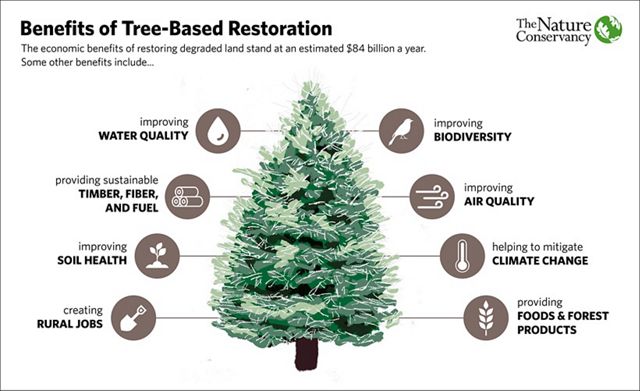 The economic benefits of restoring forests are an estimated $84 billion. Other benefits include air quality, food, biodiversity, soil health, jobs, timber, fuel and climate change mitigation. " />
The economic benefits of restoring forests are an estimated $84 billion. Other benefits include air quality, food, biodiversity, soil health, jobs, timber, fuel and climate change mitigation. " />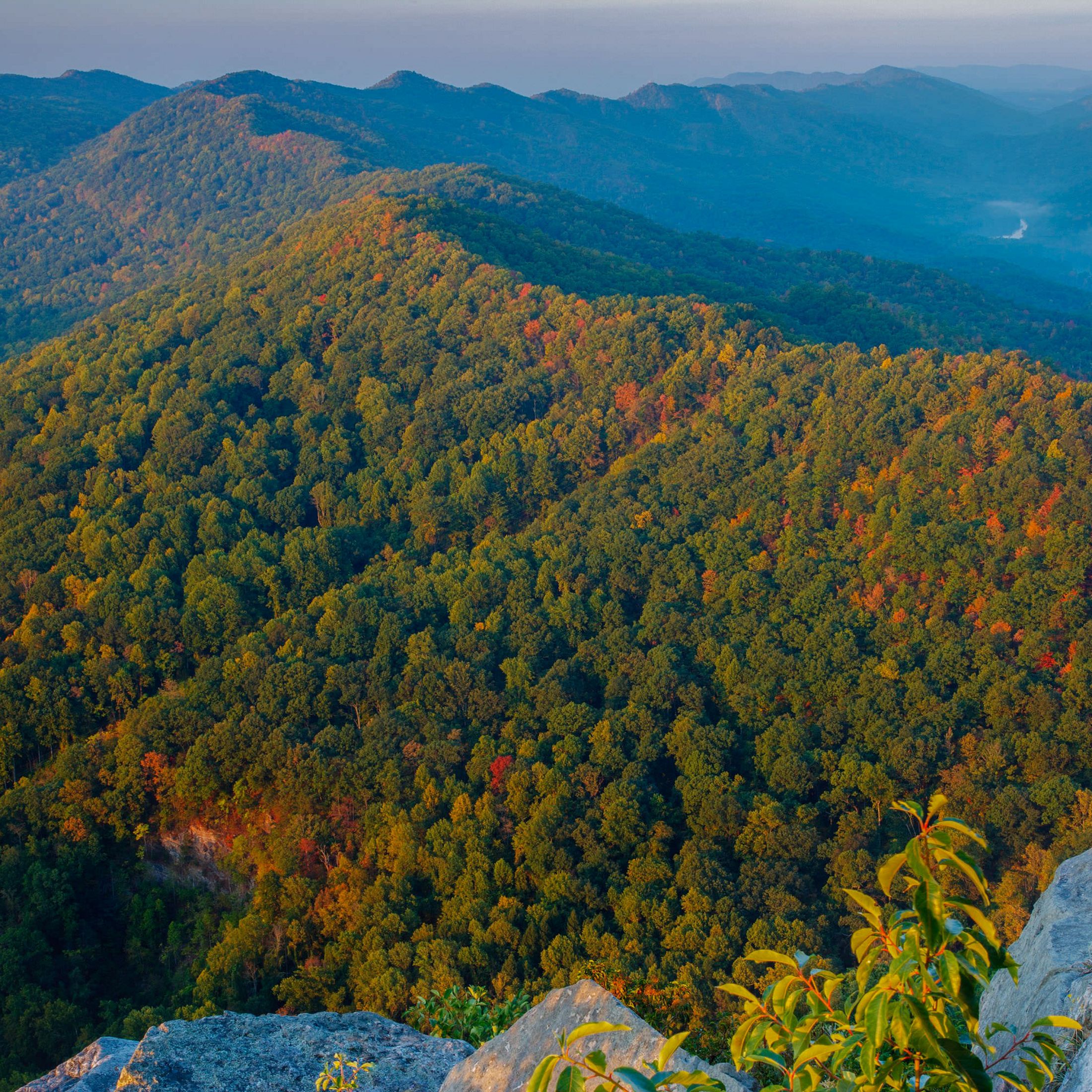
We use science to protect, better manage and restore forests to reduce greenhouse gas emissions, store carbon and benefit people and wildlife.
September 20, 2021 | Last updated September 27, 2023
Forests are one of the most important ecoystems on Earth. They provide habitat to 80% of the world’s land-dwelling species. They help keep our water clean by naturally filtering out pollution. They provide sustenance, support jobs and offer refuge and recreation to billions of people around the planet. And they are one of our most critical natural pathways for absorbing and storing excess carbon to fight climate change. For millennia, trees have pulled carbon dioxide out of the atmosphere and turned it into their bark, wood and leaves through the oldest carbon-capture technology on Earth: photosynthesis.
 The economic benefits of restoring forests are an estimated $84 billion. Other benefits include air quality, food, biodiversity, soil health, jobs, timber, fuel and climate change mitigation. " />
The economic benefits of restoring forests are an estimated $84 billion. Other benefits include air quality, food, biodiversity, soil health, jobs, timber, fuel and climate change mitigation. " />
Natural climate solutions are actions to protect, better manage and restore nature to reduce greenhouse gas emissions and store carbon. Forests provide much of that carbon-storage opportunity. The latest estimates can be found at naturebase.org.
Research about natural climate solutions shows that by avoiding deforestation, restoring forest ecosystems and better managing existing forests, we can contribute significantly to our climate goals.
The Nature Conservancy works with governments, corporations, Indigenous Peoples and thousands of partners around the world to protect, sustainably manage and restore our life-giving forests.
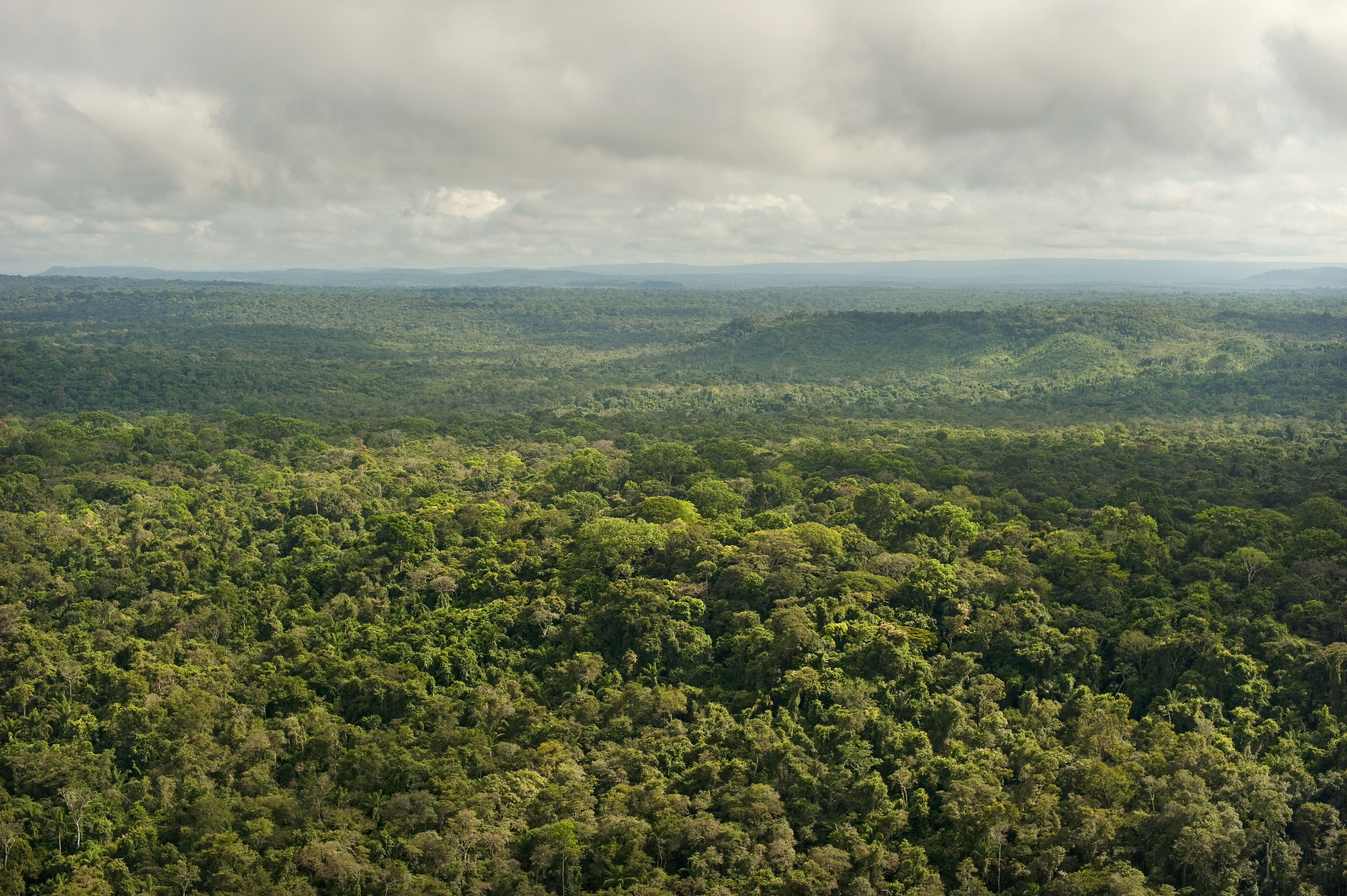
Climate-smart forestry practices are designed to improve forest health, maximize the potential for carbon sequestration and help fight climate change. These practices can include ecological thinning, or selectively cutting trees for the betterment of whole forest. For example, removing smaller diameter trees gives larger trees more room to grow and spacing out harvests across longer intervals of time allows older and larger trees to store more carbon.
In the U.S., the Working Woodlands program and the Family Forest Carbon Program leverage the power of privately owned forests by helping landowners improve the way forests on their properties are managed. In exchange, landowners are paid for the additional carbon their trees capture and store.
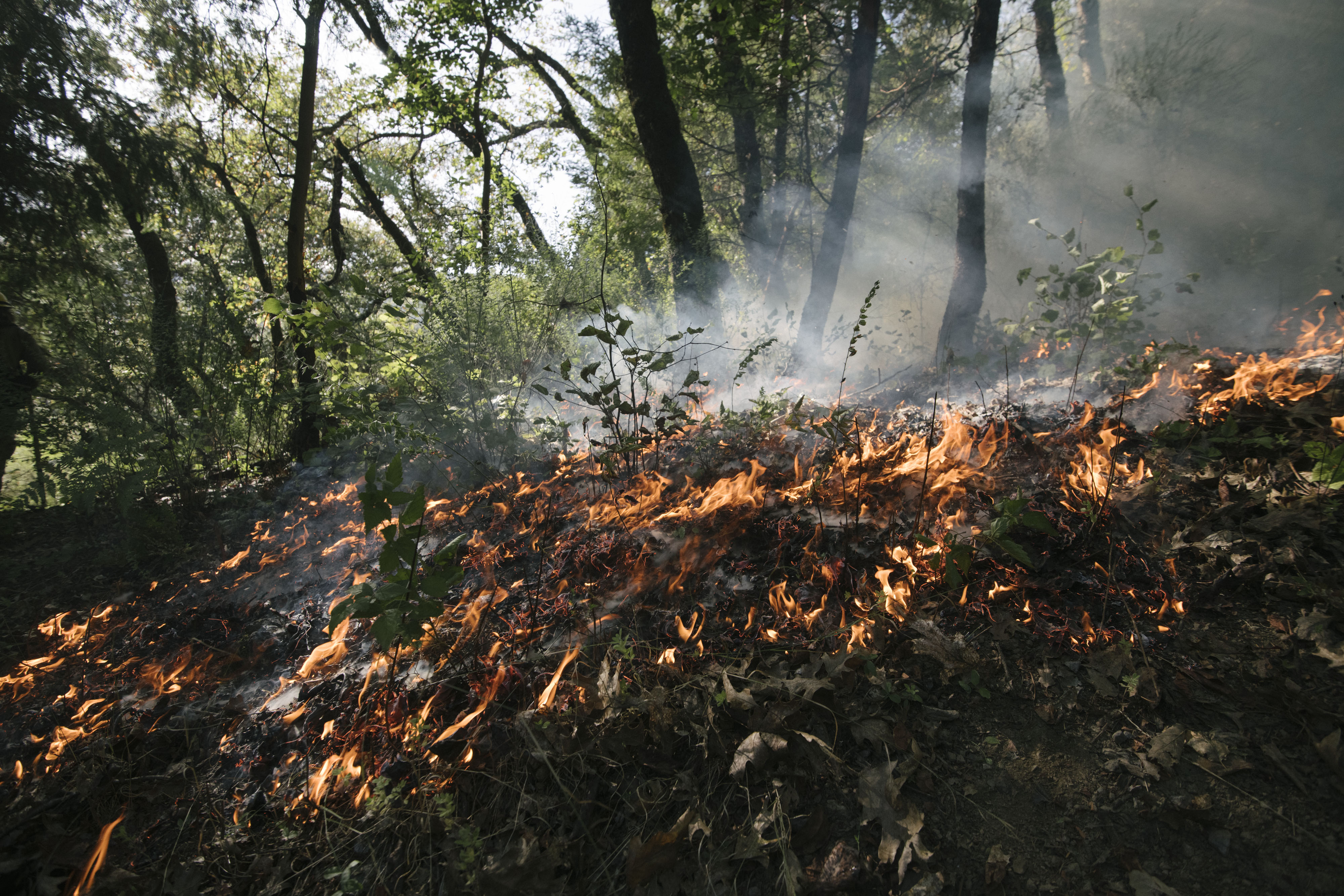
TNC has been working with fire in forests since 1962, when we conducted our first controlled burn. Our approach has evolved from primarily focusing on managing our preserves to a holistic model that includes equitable policy and funding, supporting Indigenous fire practitioners as they revitalize traditional fire cultures and elevate Indigenous leadership on fire, growing and diversifying the ranks of those who work with fire, and helping communities develop ways to live more safely with wildfire in forested areas and other landscapes.
In the United States, TNC helps lead the Fire Learning Network, Fire Adapted Communities Learning Network, Indigenous Peoples Burning Network, maps conditions through LANDFIRE, helps train new fire workers in TREX programs, and performs controlled burns across tens of thousands of acres each year.
In some forests we are combining ecological thinning with a safe reintroduction of fire to improve forest health and habitat.
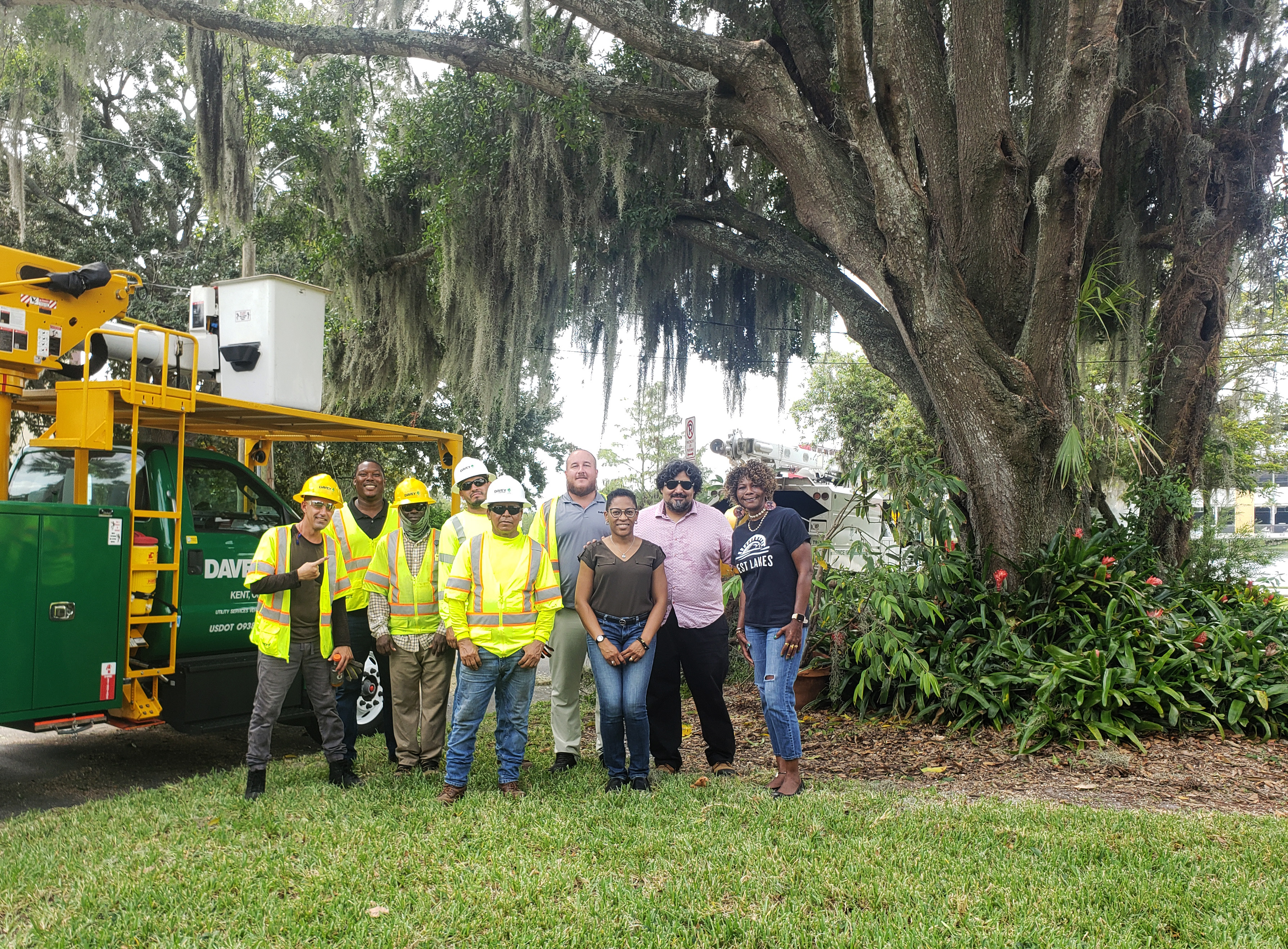
Trees in urban neighborhoods improve air quality and mental health, lower air temperatures, decrease flooding, and provide habitat for wildlife. The Nature Conservancy is working around the United States to increase and improve tree cover and health for people and urban nature.
The Nature Conservancy is working with urban foresters, local organizations, and residents of many neighborhoods around the US to improve outcomes for residents and students in tree-related education and workforce development programs through tree planting and care. We know that mature shade trees provide the most benefits for our communities—so the Healthy Trees, Healthy Cities Initiative helps protect these most important urban trees from damage, disease, pests, and other threats. We partner with the USDA Forest Service Northern Research Station and the University of Georgia, along with civic ecologists and conservation professionals, to monitor and maintain mature urban trees.
Many Indigenous communities around the world already manage forests in ways that draw from their traditions and values. In many cases, these practices sequester more carbon and result in improved economic outcomes for communites compared to other forestry practices.
For example, in Canada many communities are already taking different values into account, ranging from biodiversity to water resilience, and food security to local economies. Not only does this approach benefit local communities and provinces, but it benefits the whole of Canada and the wider world, contributing to the global fight against climate change.
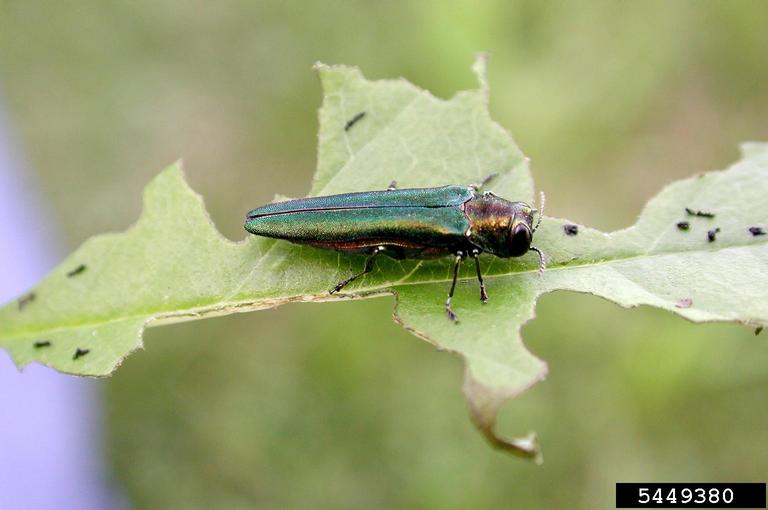
Every year, insects and diseases damage an average of 50+ million forest acres in the USA—and another 40 million acres in Canada—critically harming up to 15% of forest cover. While some of these forest insects and diseases are native to their ecosystems and their actions are part of the natural cycles of forested areas, others are non-native invasive species that damage and kill trees at uncontrolled and accelerated rates.
Implementing improved forest management practices—such as ecological thinning, prescribed fire, and the use of biological controls for the reduction of forest pest populations—can increase the resilience of forests to pests and pathogens. Other actions taken at a global scale, such as strengthening the international trade requirements for the prevention of invasive species hiding in cargo and packaging, serve to prevent new damaging pests from entering new forests.
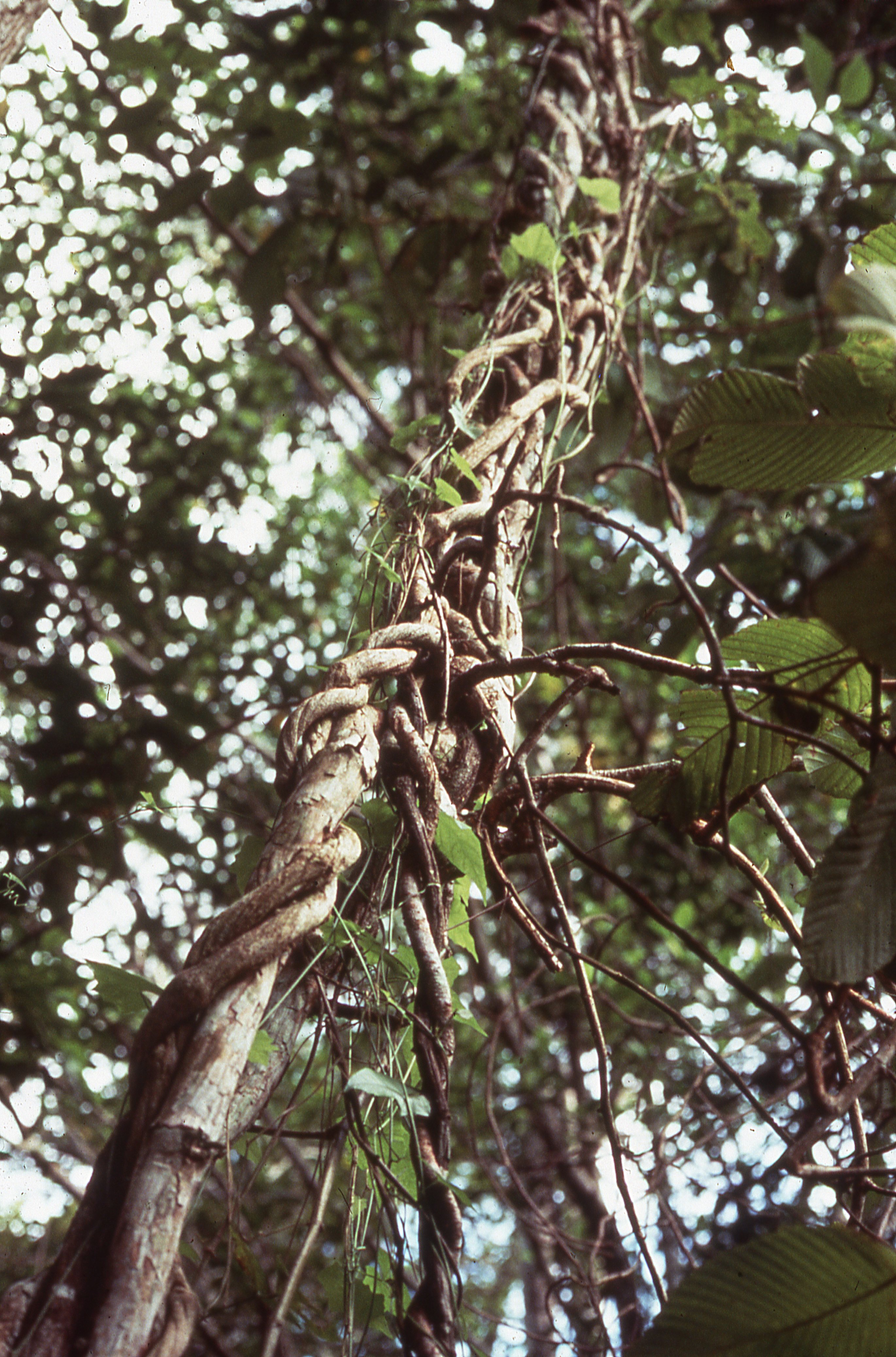
Climate change and other human disturbances are causing woody vine infestations to intensify, especially in forests subject to selective logging. While lianas are fundamental components of most tropical and some temperate forest ecosystems, they decrease tree survival and growth rates, thereby decreasing timber yields in managed forests and reducing carbon storage wherever they are abundant. Dozens of previous experimental studies document that in response to liana removal, tree growth rates often double.
Research shows that strategic liana cutting, primarily in selectively logged forests, can substantially increase timber production and provide forest managers with access to voluntary carbon markets. By using science to guide the targeted reduction of lianas in selected areas, both biodiversity and carbon sequestration goals can be better met.
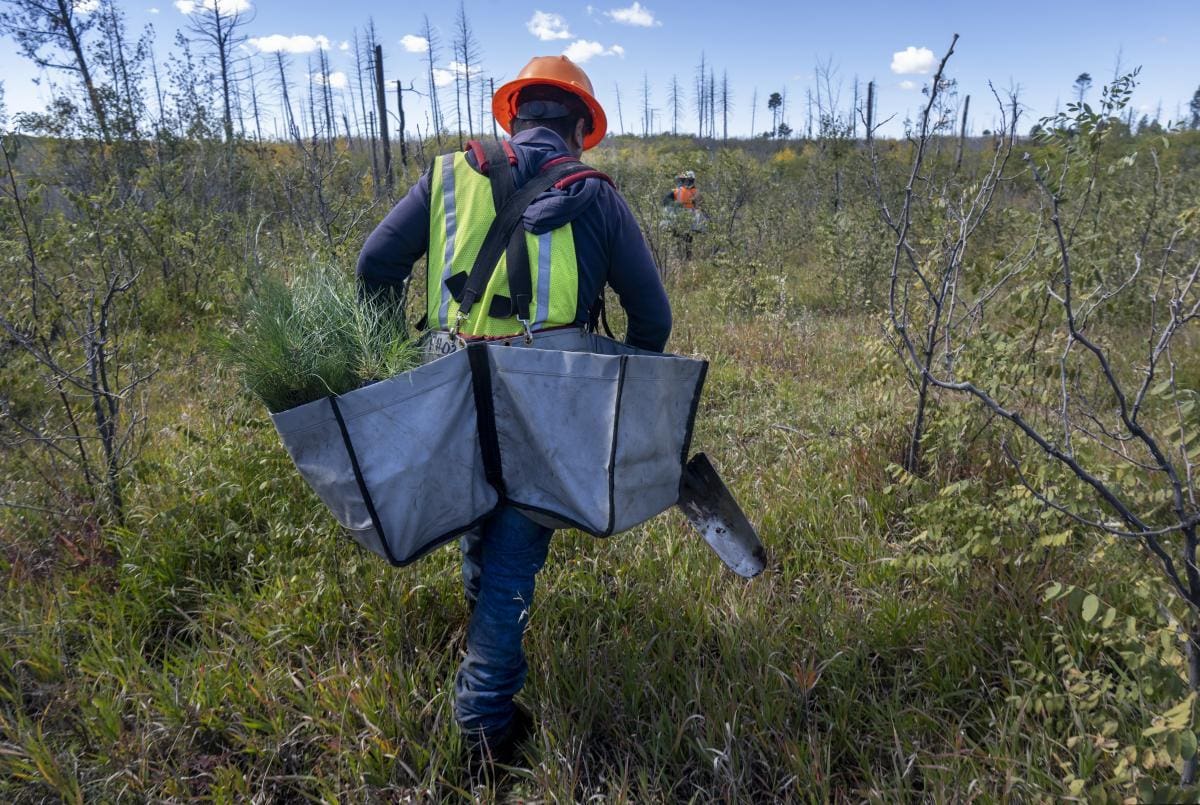
Planting Pines Joel Licon carries seedling pondrosa pine to plant in an area burned by the Las Conchas Fire in the Jemez Mountains in 2011. © Eddie Moore/Albuquerque Journal
Planting trees is a tried-and-true way to fight climate change.
Reforestation—or the practice of restoring tree cover to an area that was once forested, either by planting trees or allowing trees to regrow—is a tried-and-true natural climate solution.
Research led by The Nature Conservancy has shown that in the United States, planting trees on frequently flooded lands, open urban spaces, degraded pastures and other formerly forested, under-utilized areas has the potential to capture up to 535 million metric tonnes of carbon dioxide each year.